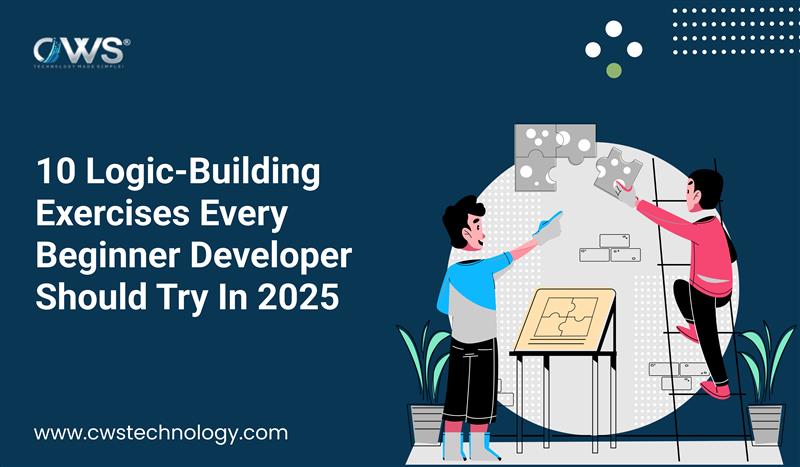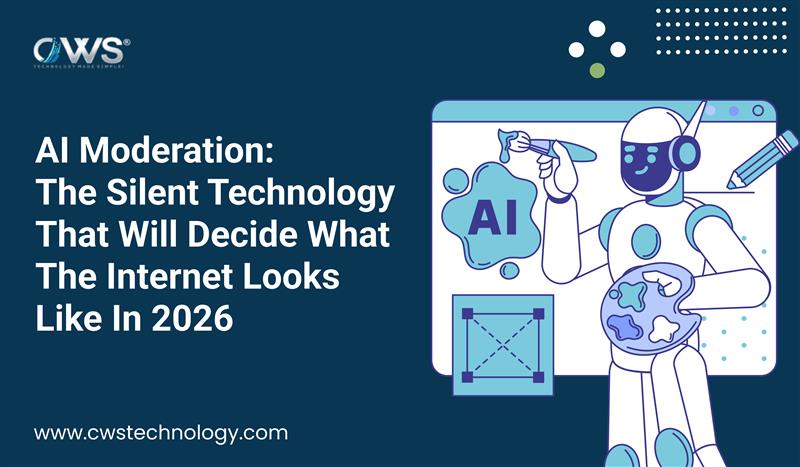The foundation of any software application is its architecture. Choosing the right architectural approach can make a world of difference in terms of performance, scalability, and maintainability. In today’s dynamic world, two primary architectures dominate the landscape: Microservices vs. Monolithic Architecture. Let’s delve into these concepts to empower you to make informed decisions for your next software project.
Monolithic Architecture: The Traditional Powerhouse
Imagine a Swiss Army Knife – a single, compact tool containing a multitude of functions. That’s the essence of a monolithic application. It uses a single codebase to handle all aspects of your software, encompassing the user interface, database, and core functionalities. This centralized approach offers several advantages:
- Simpler Startup: Monolithic applications are well-suited for smaller projects or prototypes. Developers can quickly build and deploy the software without the complexities of managing multiple services.
- Easier Debugging: Since everything resides within a single codebase, troubleshooting becomes more straightforward. If an issue arises, developers can pinpoint the source of the problem more efficiently.
However, as your application grows in complexity and user base, the limitations of monolithic architecture start to emerge:
- Scalability Bottlenecks: When your application experiences increased traffic or requires new features, the entire system needs to be scaled up. This can be expensive and inefficient. Imagine needing a bigger engine for your car just because you want to add a new sound system!
- Limited Agility: Updating or modifying parts of the code becomes a challenge. Changes in one area can have unintended consequences in other parts of the application, slowing down development and innovation.
Microservices Architecture: A Symphony of Specialists
Microservices architecture takes a fundamentally different approach. Instead of a single codebase, it breaks down the application into a collection of small, independent services. Each microservice is a self-contained unit responsible for a specific task, like user authentication, product management, or payment processing. These services communicate with each other using well-defined interfaces, acting like a team of specialists working in concert.
This modular design offers a multitude of benefits:
- Scalability on Demand: Individual microservices can be scaled independently based on their specific needs. If your login system experiences a surge in users, you can allocate more resources to that service without affecting the performance of other functionalities.
- Faster Development and Deployment: With independent services, development teams can work on different functionalities concurrently, accelerating the development and deployment process. Imagine multiple chefs working on different dishes in a kitchen, collaborating to deliver a complete meal faster.
- Reduced Risk: If one microservice encounters a problem, it doesn’t bring down the entire application.
However, microservices also come with their own set of considerations:
- Increased Complexity: Setting up and managing multiple services can be more intricate compared to monolithic applications. It requires additional planning, coordination, and infrastructure considerations.
- Debugging Challenges: With multiple services interacting, troubleshooting issues can be more complex. Developers need to trace the flow of data across services to pinpoint the root cause of a problem.
Choosing the Right Architectural Fit
So, which architecture reigns supreme? The answer, like most things in software development, is “it depends.” Here are some key factors to consider when making your choice:
- Application Size and Complexity: For simple applications with a limited feature set, a monolithic architecture might be sufficient. However, as your application grows and evolves, microservices offer greater flexibility and scalability.
- Team Expertise: Developing microservices requires a different skillset compared to monolithic applications. Familiarity with distributed systems, APIs, and containerization technologies is crucial.
- Infrastructure: Microservices architecture leverages cloud environments effectively for scalability and fault tolerance. If you’re planning to deploy your application on the cloud, microservices become a more compelling option.
Transitioning from Monolith to Microservices
Migrating a large, monolithic application to microservices can be a complex endeavor, but it’s achievable with careful planning and execution.
- Strategic Planning: Develop a comprehensive migration strategy that considers operational risks, user experience, technological capabilities, timeline, and business objectives.
- Cloud Partnership: Partner with a reliable cloud provider to leverage their expertise and infrastructure. Containerize your monolithic application, breaking its dependence on specific hardware and software requirements. This allows for easier service separation and deployment.
- DevOps Adoption: Embrace DevOps practices that promote collaboration between development and operations teams. Utilize continuous integration and continuous deployment (CI/CD) tools to automate the migration process and ensure smooth deployment of microservices.
Ultimately, the choice between monolithic and microservices architecture hinges on the specific needs of your software project.
The Future of Software Architecture: A Blend of Approaches
The software development landscape is constantly evolving, and both monolithic and microservices architectures have their place. Many organizations are finding success with a hybrid approach, leveraging the strengths of both architectures. Here’s how this might look:
- Core Functionality as Monolith: Maintain a central codebase for critical functionalities that require high performance and tight integration. This could be your core application logic or database management system
- Microservices for Peripheral Features: Develop new features and functionalities as independent microservices. This allows for faster development cycles, easier scaling, and greater flexibility for experimentation.
This combined approach provides the advantages of both methods.
- Maintaining Stability: The core monolithic system ensures stability and performance for essential functionalities
- Enabling Innovation: Microservices empower teams to experiment with new features and technologies without impacting the core application
Conclusion: Choosing the Right Path
The decision between monolithic and microservices architectures is no longer a binary choice. Understanding your project’s requirements, team expertise, and infrastructure capabilities is crucial. By carefully considering these factors, you can select the architectural approach that best supports your software’s growth and success. Remember, the most important aspect is building a flexible and maintainable software foundation that adapts to your evolving needs.
Must Know-: Google AI Overview Update








